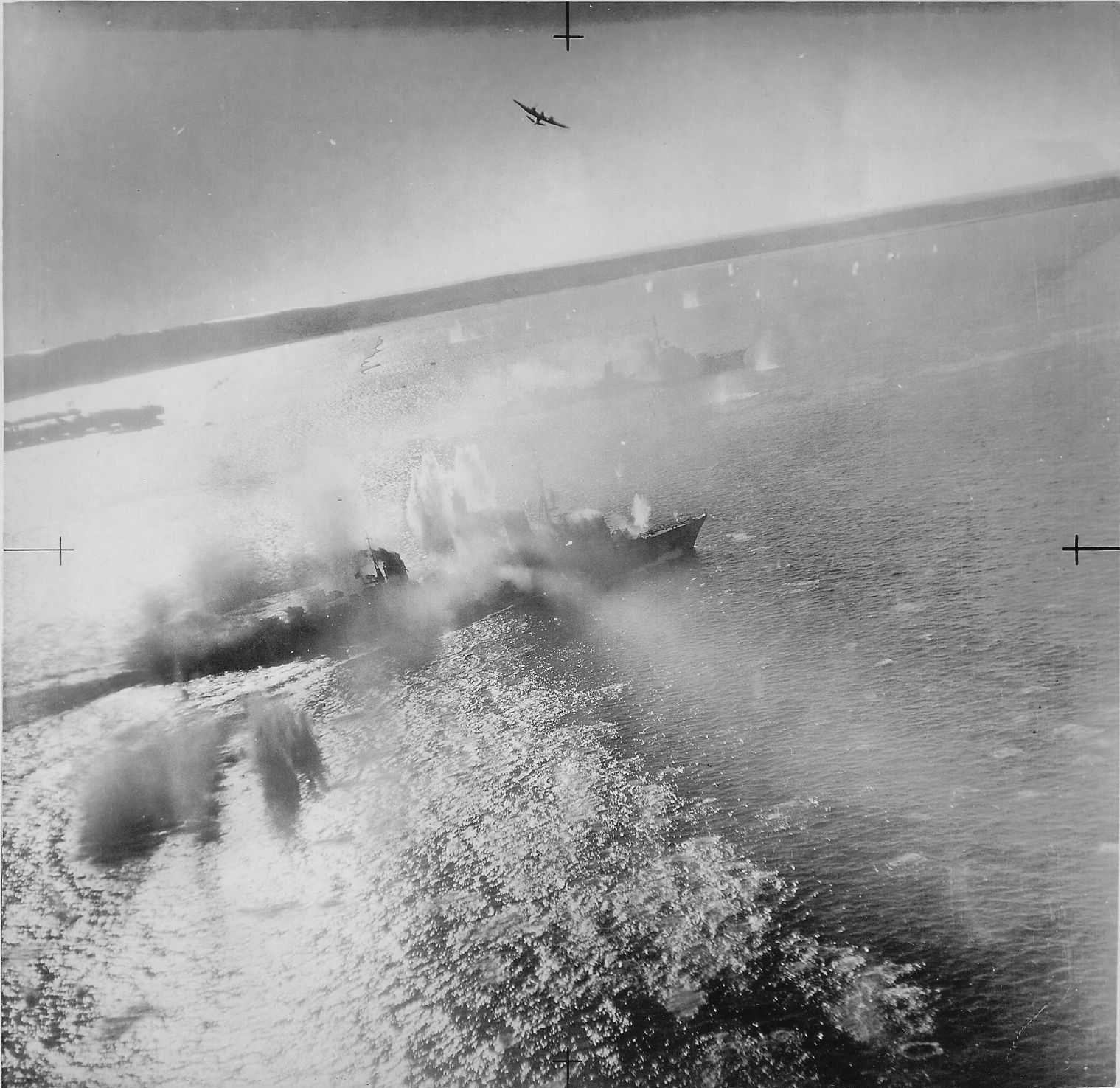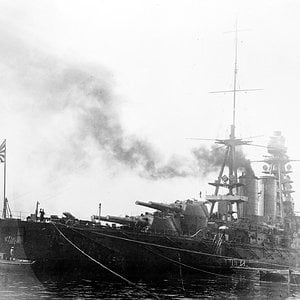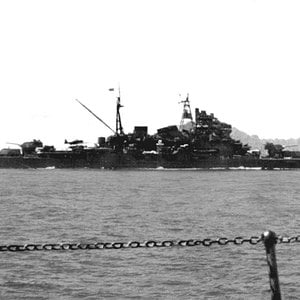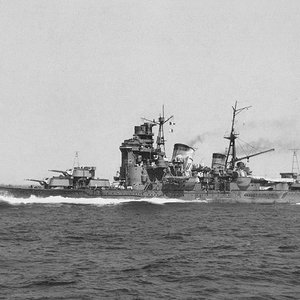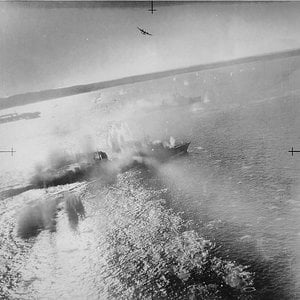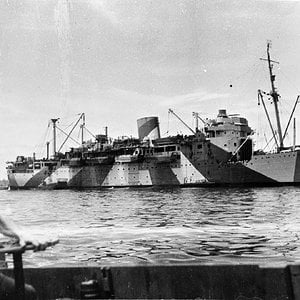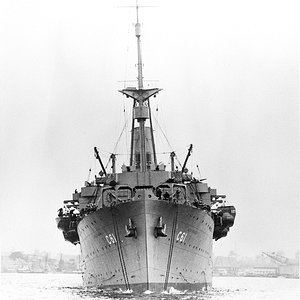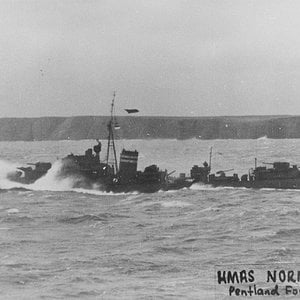Navigation
Install the app
How to install the app on iOS
Follow along with the video below to see how to install our site as a web app on your home screen.
Note: This feature may not be available in some browsers.
More options
You are using an out of date browser. It may not display this or other websites correctly.
You should upgrade or use an alternative browser.
You should upgrade or use an alternative browser.
German warships T-24 & Z-24 under attack by Beaufighters on 24th August 1944
The Zerstörer 1936A-class destroyers, or Narvik-class destroyers as they were known to the Allies, were a class of German destroyers of the Second World War. In common with other German destroyers launched after the start of World War II, the Narviks were unnamed, known only by their hull numbers - Z23 to Z39, T-24 was a The Elbing class torpedo boat (or Flottentorpedoboot 1939) were a class of 15 small warships that served in the German Kriegsmarine during World War II. Although classed as Flottentorpedoboot ("fleet torpedo boat") by the Germans, in most respects—displacement, weaponry, usage—they were comparable to contemporary medium-size destroyers. The most notable difference was in the armament of the Elbings being fewer in number and of a slightly smaller caliber — 105 mm (4.1 in) compared to the 4.7 in (120 mm) of contemporary British destroyers such as the "L" and "M"-classes.
Service was either in western France from late 1942-August 1944 or in the Baltic Sea from March 1944 until the end of the war.
The design and weapons mix resulted from experience of earlier, more specialised classes such as the Type 35. The Elbings were a radical change to an all-purpose vessel capable of torpedo attacks, anti-aircraft defence and escort duties. These ships adopted unit machinery with two separate engine rooms and two boiler rooms. Their machinery was however relatively unreliable.
They were effective fighting vessels, a notable success being the sinking of the British light cruiser HMS Charybdis and the destroyer escort Limbourne by torpedoes, off Brittany in late 1943 and the Canadian destroyer HMCS Athabaskan in 1944. The 4th Torpedo Boat Flotilla—T22, T23, T25, T25, and T26—had been protecting an important blockade runner though despite their success it ran aground and was lost. Three ships—T22, T30, and T32—were accidentally lost on 18 August 1943 on a German minefield in the Gulf of Finland.
Construction of the class took place in the Schichau shipyard in Elbing (now Elbląg), hence the Allied name for the class. The first examples were commissioned in late 1942 and the last in late 1944.
The Zerstörer 1936A-class destroyers, or Narvik-class destroyers as they were known to the Allies, were a class of German destroyers of the Second World War. In common with other German destroyers launched after the start of World War II, the Narviks were unnamed, known only by their hull numbers - Z23 to Z39, T-24 was a The Elbing class torpedo boat (or Flottentorpedoboot 1939) were a class of 15 small warships that served in the German Kriegsmarine during World War II. Although classed as Flottentorpedoboot ("fleet torpedo boat") by the Germans, in most respects—displacement, weaponry, usage—they were comparable to contemporary medium-size destroyers. The most notable difference was in the armament of the Elbings being fewer in number and of a slightly smaller caliber — 105 mm (4.1 in) compared to the 4.7 in (120 mm) of contemporary British destroyers such as the "L" and "M"-classes.
Service was either in western France from late 1942-August 1944 or in the Baltic Sea from March 1944 until the end of the war.
The design and weapons mix resulted from experience of earlier, more specialised classes such as the Type 35. The Elbings were a radical change to an all-purpose vessel capable of torpedo attacks, anti-aircraft defence and escort duties. These ships adopted unit machinery with two separate engine rooms and two boiler rooms. Their machinery was however relatively unreliable.
They were effective fighting vessels, a notable success being the sinking of the British light cruiser HMS Charybdis and the destroyer escort Limbourne by torpedoes, off Brittany in late 1943 and the Canadian destroyer HMCS Athabaskan in 1944. The 4th Torpedo Boat Flotilla—T22, T23, T25, T25, and T26—had been protecting an important blockade runner though despite their success it ran aground and was lost. Three ships—T22, T30, and T32—were accidentally lost on 18 August 1943 on a German minefield in the Gulf of Finland.
Construction of the class took place in the Schichau shipyard in Elbing (now Elbląg), hence the Allied name for the class. The first examples were commissioned in late 1942 and the last in late 1944.

